The Galatians
Overview:
In the 21st Century, Celtic languages and their speakers are predominately limited to Ireland and a few parts of Britain and France. In the last few centuries before the birth of Christ, however, the ancient culture associated with these languages dominated most of Europe. Culturally and militarily speaking, the Continental European Celts (Gauls) reached their peak in the 4th and 3rd Centuries BC. Their young men fought as mercenaries in virtually every Hellenistic, Italic, and Semitic power in the Mediterranean. For the better part of two centuries, they were locked in a series of savage wars against the Roman Republic, each striving for control of northern Italy (Gallia Cisalpina).
By the end of the 4th Century BC, Celtic influence had extended past the Danube to the borders of the Greek world. Tribes like the Boii and the Scordisci had great influence on the military and cultural traits of the Thracians, Dacians, Moesians, and even the Greeks - Greek cavalry adopted stirrups and shields due to Celtic influence.
Megas Alexandros, King of Makedon, formed an alliance with some Celtic chiefs before departing on his famous campaigns in the Persian Empire. When Alexander asked the Celts what they feared the most, the answer he got surprised him - "our only fear is that the sky will fall on our heads".
Indeed, the Gauls were not at all cowed by the allegedly superior power and civilization of the Greeks. During the wars of Alexander's successors, almost the entirety of northern Greece and the Balkans fell under Celtic assault. In the year 279 BC, the Gauls simultaneously attacked Paionia, Makedon, Illyria, and Thrace. The Gaulish chieftain Bolgios inflicted an ugly defeat on the Makedonian army commanded by King Ptolemaeos Keraunos; the latter was captured and beheaded.
Bolgios and his army were held in check by the Greek warlord Sosthenes, but the latter could not resist a renewed Celtic push into Greece the following year, commanded by Brennos and Acichorios. Brennos and his men defeated a Greek army and made it as far south as Delphi. Delphi was sacked and enormous amounts of gold and slaves were carried away, though (at least according to the Greek version of the story), Brennos was defeated and mortally wounded.
In the meantime, two chieftains belonging to Brennos' host had decided to seek their fortune elsewhere. They were Leonorios and Lutarios; they commanded a force of 20,000 Gauls, half of whom were fighting men, the other half, women and children. These two chiefs contented themselves with pillaging both Greek and Thracian townships in the southern part of Thrace, most famously Byzantium.
Three tribes were represented in force amongst Leonorios and Lutarios' band; the Tectosages, the Trocmi, and the Tolistoboii. The Trocmi are otherwise unknown, but the Tolistoboii appear to have been a sept of the Boii. The Boii were a widespread and particularly aggressive Gaulish people who could be found thoughtout central and eastern Europe; according to Strabo they were divided into 121 clans, each capable of fielding armies. The Tectosages were a sept of the Volcae; they had been a Danubian tribe for at least a generation, but they had kinsmen in what is now southern France. Julius Caesar was to fight battles against both the Boii and the Volcae two centuries later.
In the meantime, the young king of Bithynia, Nikomedes I, was in a difficult spot. Bithynia was a small kingdom of mixed Greek and Thracian origins, situated in northwestern Asia minor between the Propontis and the Euxine seas (modernly known as the Marmara and Black seas, respectively). It's king Zipoetes I had died in 278 BC. His eldest son Nikomedes succeeded him, but was immediately faced with the rebellion of his younger brother Zipoetes II. In the resulting civil war, Zipoetes was thus far coming out on top. Nikomedes was in need of a fearsome ally...
The three Gaulish clans pillaging Thrace were apparently already planning a raid into Asia minor. Leonorios was attempting to buy vessels from the Byzantines, while his partner Lutarios was trying the more direct (and typically Celtic) approach of commandeering them from fishing villages on the northern shores of the Propontis.
Nikomedes sent messengers to the Gauls, promising each warrior a free tour of Asia minor - and a gold coin - if they would help him put down his brother's revolt. The Gauls lept at the chance. The Bithynian navy was soon busy carting boatloads of rowdy, drunken warriors and their womenfolk across the Propontis and into Asia. These Gauls may well have been among the first Celtic adventurers to leave European soil.
The ranks of his army stiffened by tall Gaulish warriors, fighting with long swords and broad shields, Nikomedes won an easy victory over Zipoetes, who was subsequently executed. The Gauls, captivated by the fabulously wealthy cities of Asia and the easy victories they had won here, proved riotously ill-disciplined, and finally cut themselves off from their Bithynian employer altogether. If the Gauls could be compared to Vikings, then western Asia minor was their Miklagard.
By the end of 276 BC, a host of some 20,000 Gauls were plundering their way across western Asia minor. The Gaulish warriors wore their hair in thick braids; their mouths were obscured with droopy mustaches. They were clad in tartan-patterned trousers and cloaks, and went into battle clad in chainmail and defending their ranks with gaudily-painted body shields. About a third of them were mounted; warriors on foot followed behind leading spare horses and carrying clutches of javelins. Behind them trudged dozens of ox-drawn wagons, full of women and children, slaves and loot. By day the warriors set fire to crops and sacked towns; by night they drank beer and played music that would have sounded foreign and barbaric to Greek ears.
This host - quite unlike anything Asia had ever seen - earned a reputation for cruelty and brutality. Three of the greatest cities of western Asia, Troy, Miletos, and Ephesos, were all sacked and put to the torch. Zesty accounts of Gaulish atrocities include rumors of mass rape and even incidents of cannibalism. Some of the young women of Miletos took their own lives rather than face the shameful and agonizing existence of a barbarian's slave.
These Gauls were not a proper army, however. They were a glorified gang of pirates, and were likely intending on returning to their villages along the Danube when their adventure grew tiresome. The Gauls became increasingly used to easy victories, good food, abudant alcohol, and frequent sex, while their ranks were thinned by disease and by the efforts of local guerillas. At some point in 275 BC, they came under attack by the Seleukid army, commanded by King Antioxos I. It was an army full of regimented phalangites, marching in well-drilled formations. Added to its ranks were skirmishers and horse-archers from the east - and a corps of Indian war elephants. The Celts had never seen or heard of elephants in their lives, and fled in a panicked route.
For his victory over the Gauls, Antioxos was given the honorary title of Soter, meaning Savior. The Gauls were viewed as barbarians of the worst sort; the man who defeated them was viewed as scarcely less than a messianic figure by his generation. But his victory was not total - in fact, it set the birth of the Galatian state into motion.
The remaining Gauls fled into central Asia minor, a land of hills and plateu inhabited by sturdy farmers of Phyrgian and Thracian stock. They settled in the western part of Phyrgia, just to the east of their old employer in Bithynia. Phyrgia had long been home to brave and only semi-civilized warrior peoples; before the Phyrgians came it had been the heartland of the Hittite Empire. The Gauls adapted to life in Phyrgia quickly. When they weren't raiding their neighbors they worked as farmers and shepherds. They built hill-forts of the same style found in contemporary Britain and Gaul. They exacted tribute from the docile Phyrgian communities, but remained aloof from them culturally and socially.
The Greek-speaking population of Asia took to calling them Galatae (Galatians), the Hellenic version of the Roman name for the Celts, Galli. Whether the Gauls were still under the joint leadership of Leonorios and Lutarios at this point, or whether these chiefs had perished in three years of warfare and raiding, is unknown. Either way, the Tolistoboii, Tectosages, and Trocmi organized a typically Celtic state in the highlands of central Turkey. One that was to be a thorn in the side of their Hellenistic - and later Roman - neighbors, for the next two centuries.
The Koinon Galaton had been born.
Helping establish Nicomedes on the Bithynian throne, the Gauls were awarded with living space on the Anatolian plateau. There they continued to live in their tribal lifestyle, essentially established in three separate tribes. The central part of Galatia belonged to a tribe known as the Tectosages, who established a capitol at Ancyra (which bears the name Ankara, Celtic for Anchor, today). In the west the Tolistbobolii took up residence, with their capital at Pressinus, and in the East the Trocmi established themselves at Tavium. They were loosely organized as was Celtic custom, but did establish a national council which brought together representatives of each tribe to deal with issues that affected the community as a whole.
Much like their Hittite predecessors, the Gauls found that the central plateau was a perfect launching point for raids on their surrounding neighbors. As fierce warriors they proved to be a constant source of trouble in the region, overrunning their former hosts in Bithynia and plundering all around them with little resistance. Between 235 and 225 BC, however, King Attalus of Pergamum finally was able to hold the Gauls in check, inflicting several defeats on them, but conceding their right to occupy Galatia. Though the Gauls were weakened, they still continued to be a constant source of aggravation.
Real Roman contact with Galatia came during the Syrian War against Antiochus. With the death of Attalus in Pergamum, circa 197 BC, raids west into Asia Minor began anew, and the Gauls soon found themselves as mercenary allies of the Syrian King. Rome, however, allied to Pergamum was forced to finally take matters into their own hands, launching an expedition under Ca. Manlius Vulso in 189 BC. His invasion, and the war against Antiochus, led by Scipio Africanus and his brother Gnaeus, was wildly successful and Roman influence spread deeply into the east.
The Galatians soon fell under the sway of the great Roman enemy, Mithridates. In the early to mid 1st century BC, the Celts were under the thumb of Pontus, but remained surprisingly loyal to Rome. During the campaigns of both Sulla, and later Gnaeus Pompeius Magnus, the Celts proved formidable allies in the cause. With Pompey's victory, the Galatians were organized as a client state in 64 BC. Despite the existence and apparent recognition of Celtic custom by Pompey, the 3 tribe system was soon uprooted by the efforts of one chief, Deiotarus.
The Romans, however, were soon occupied with their own internal political turmoil, the war in Gaul under Caesar, and the civil war that followed. The Galatians, despite their political and government shift remained mostly quiet, and the Romans formally recognized Deiotarus as the Galatian King.
This political situation remained in effect until after the victory of Octavian in the second civil war, and his ascension as Augustus. In 25 BC, the third Galatian king, Amyntas died, and Augustus formally incorporated Galatia into an official Roman province. From that point on, Galatia remained a provincial backwater, with little economic exploitation or political dissent of any kind. The Galatians remained loyal to the empire throughout its history.
Contributing to this loyalty, the Celts were inundated with Hellenistic culture, and later writers referred to the inhabitants as Gallo-Graeci. Celtic culture continued to flourish as well, however, and the people were still known to speak a Celtic tongue similar to that of the Gallic Treveri as late as the 5th century AD. This culture however had all but faded away by the time the Seljuks took the region from the Byzantines in the 11th century AD.
Units:
This faction overhaul is a complete revamp and changes the appearance of all Galatian units. The new roster includes 13 units:
Melee Infantry:
Spoiler Alert, click show to read:
Spear Infantry:
Spoiler Alert, click show to read:
Missile Infantry:
Spoiler Alert, click show to read:
Cavalry:
Spoiler Alert, click show to read:
Credits:
-www.unrv.com for the Preview text






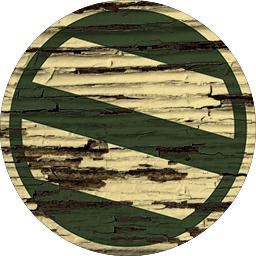
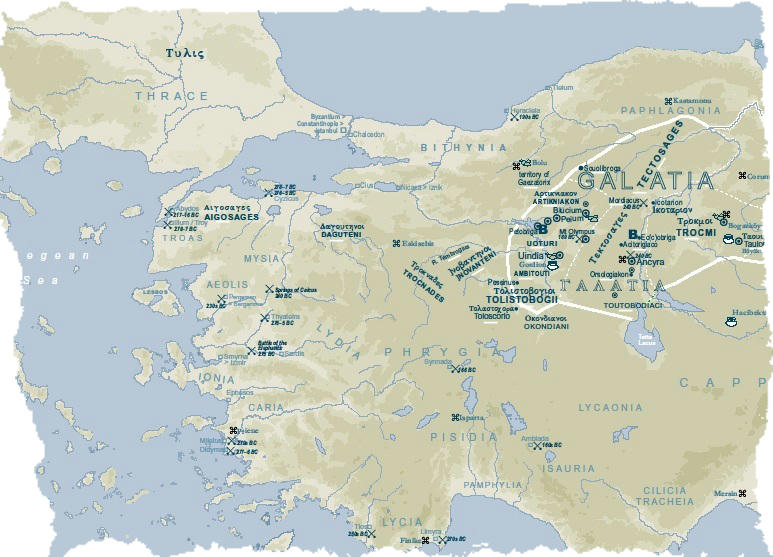
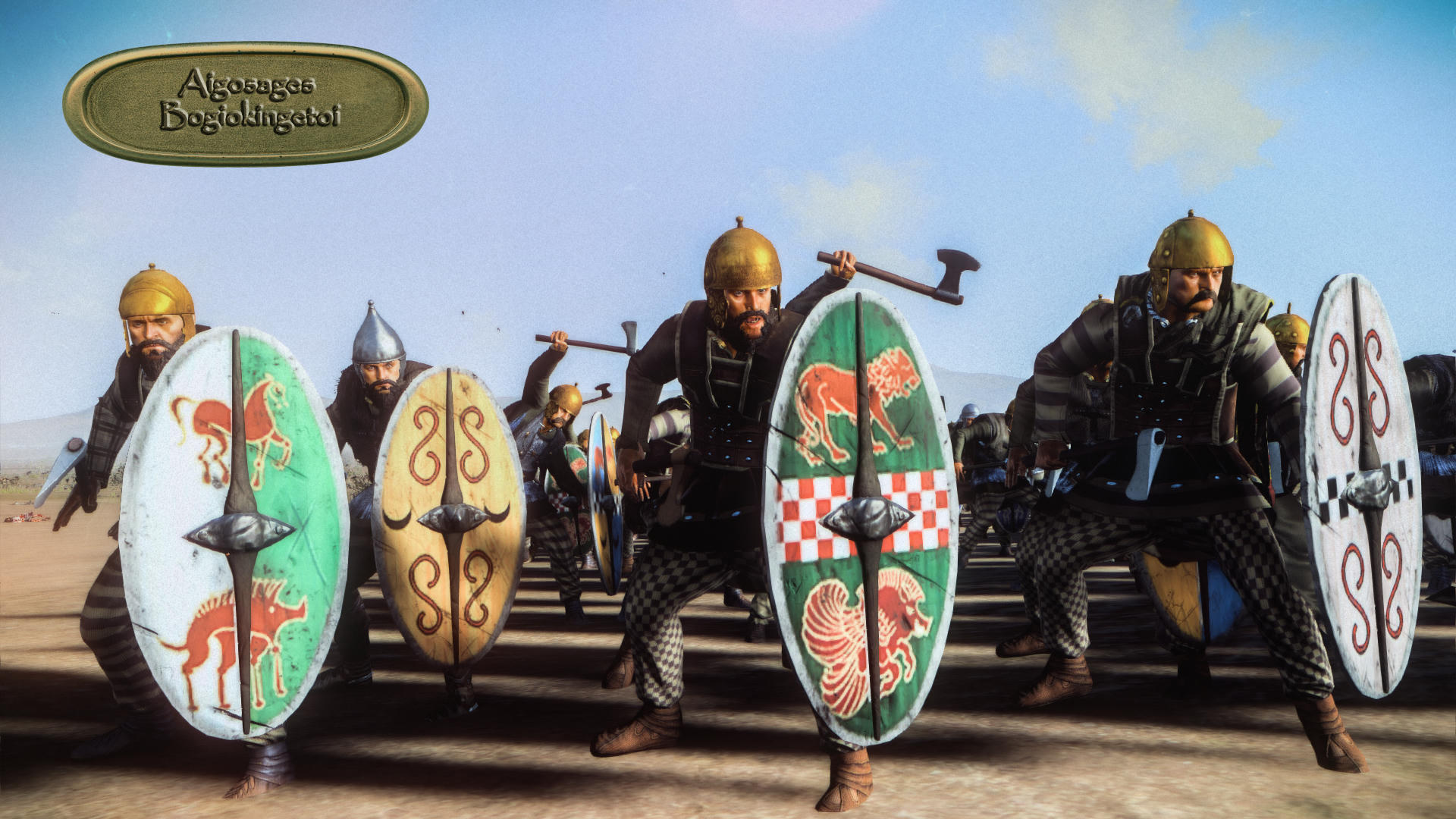
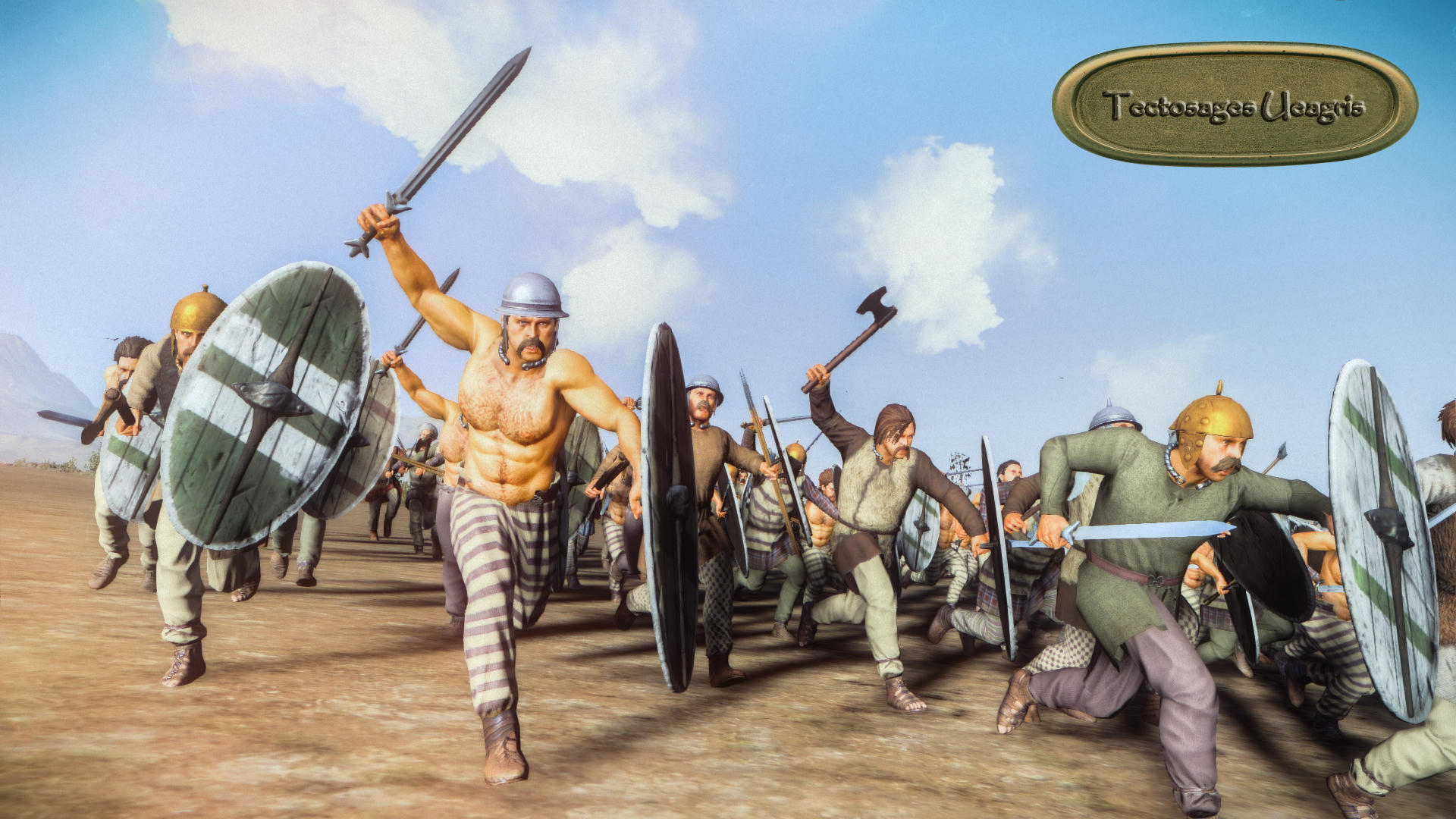
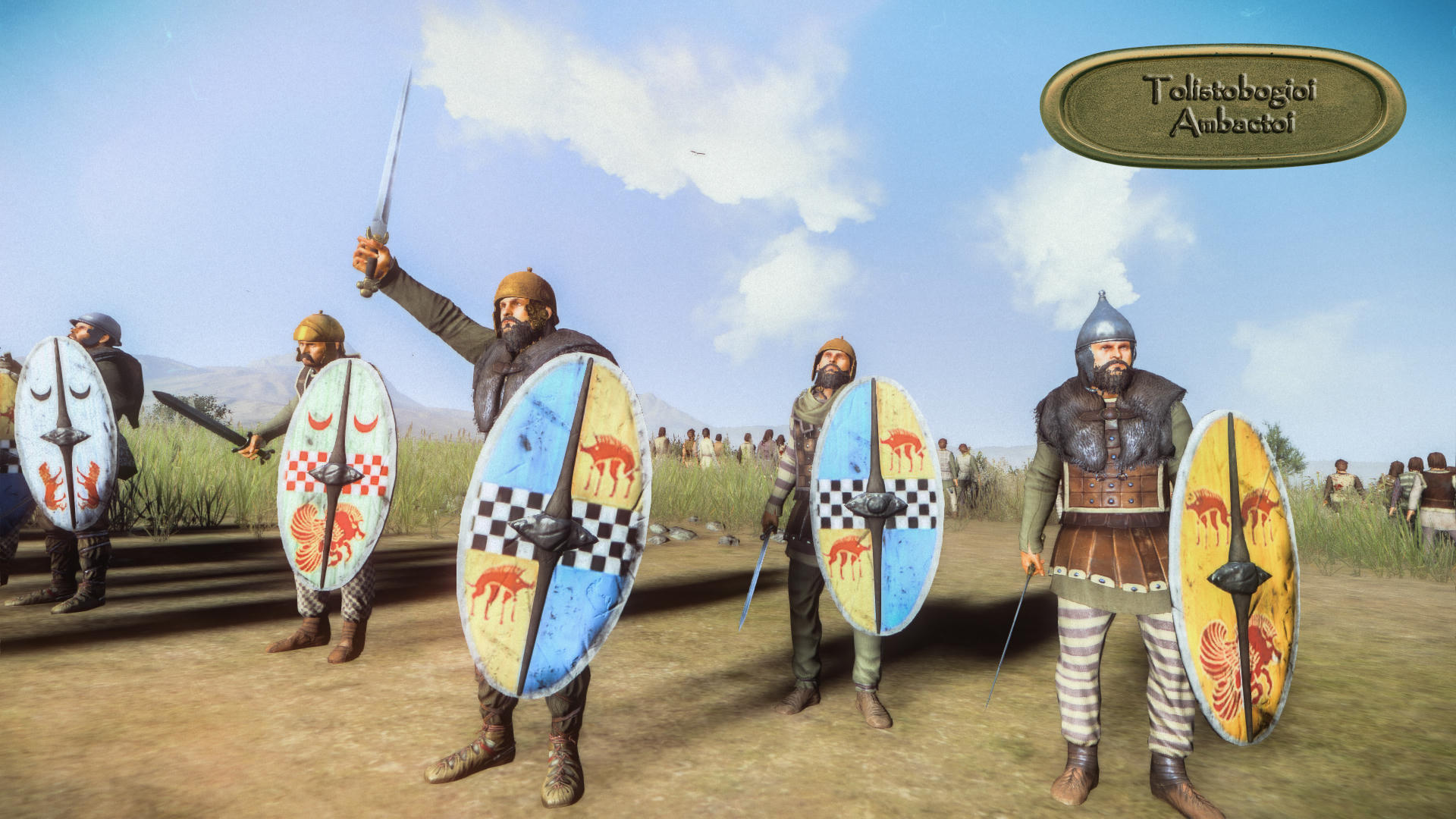
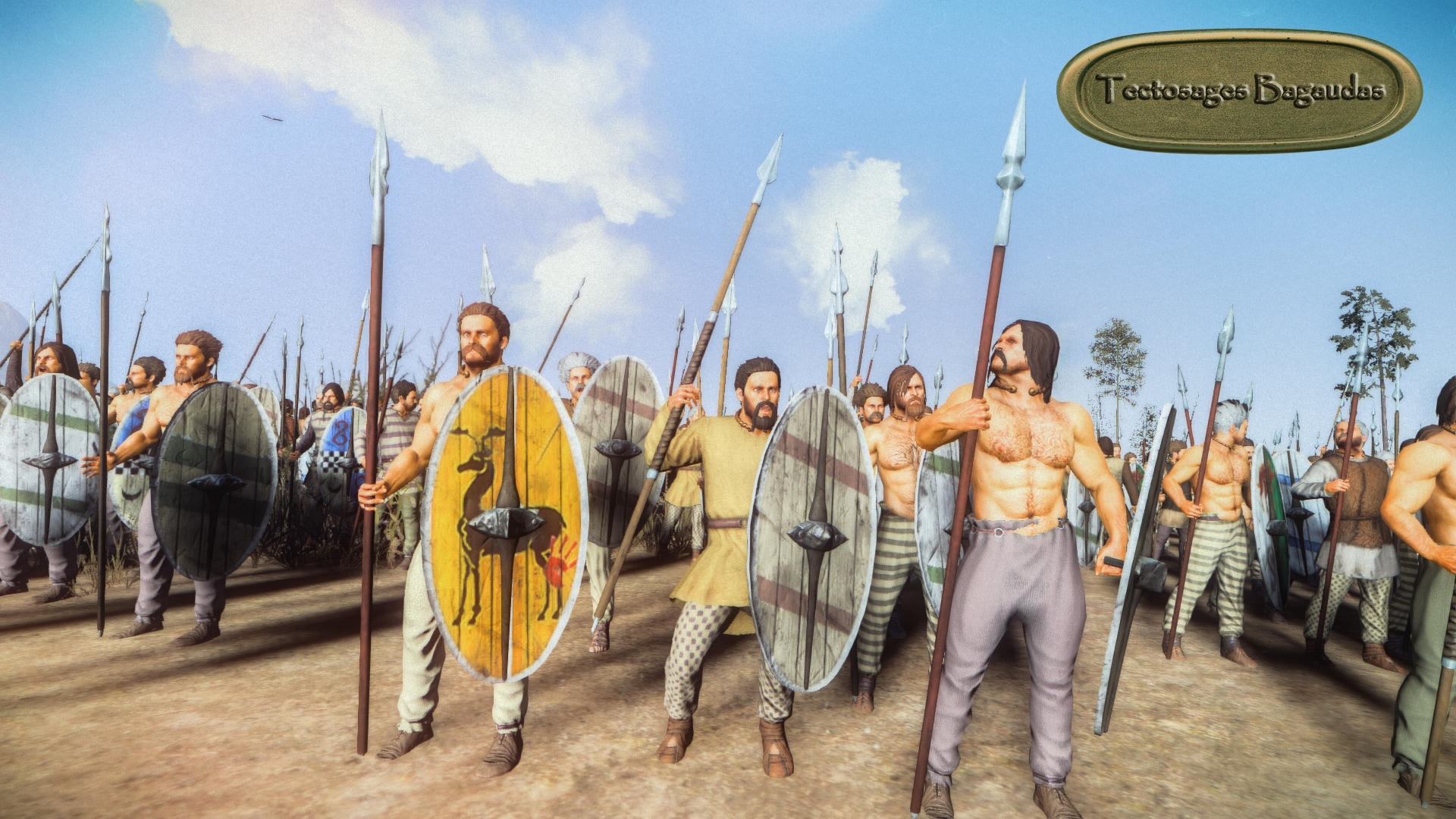
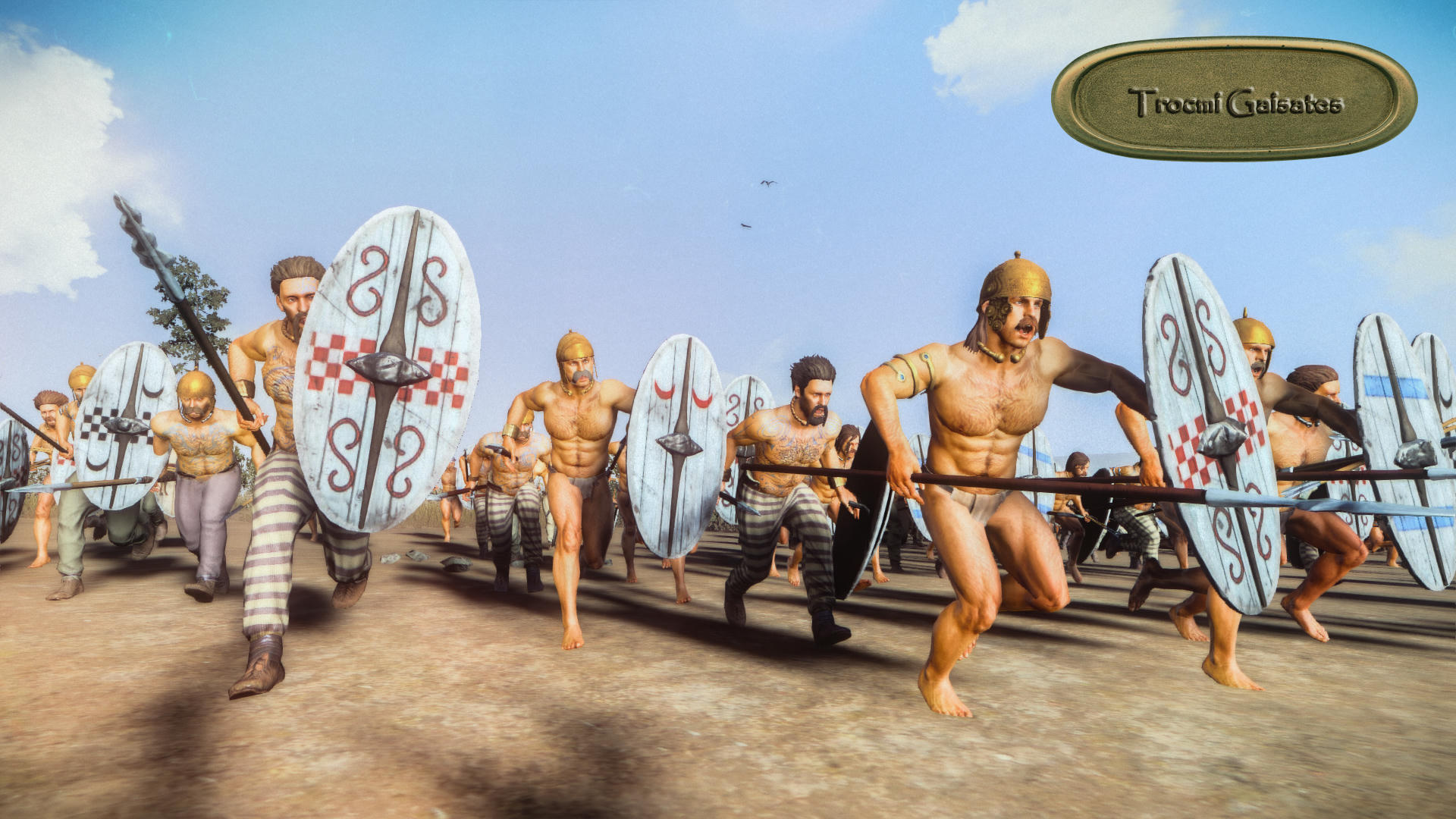
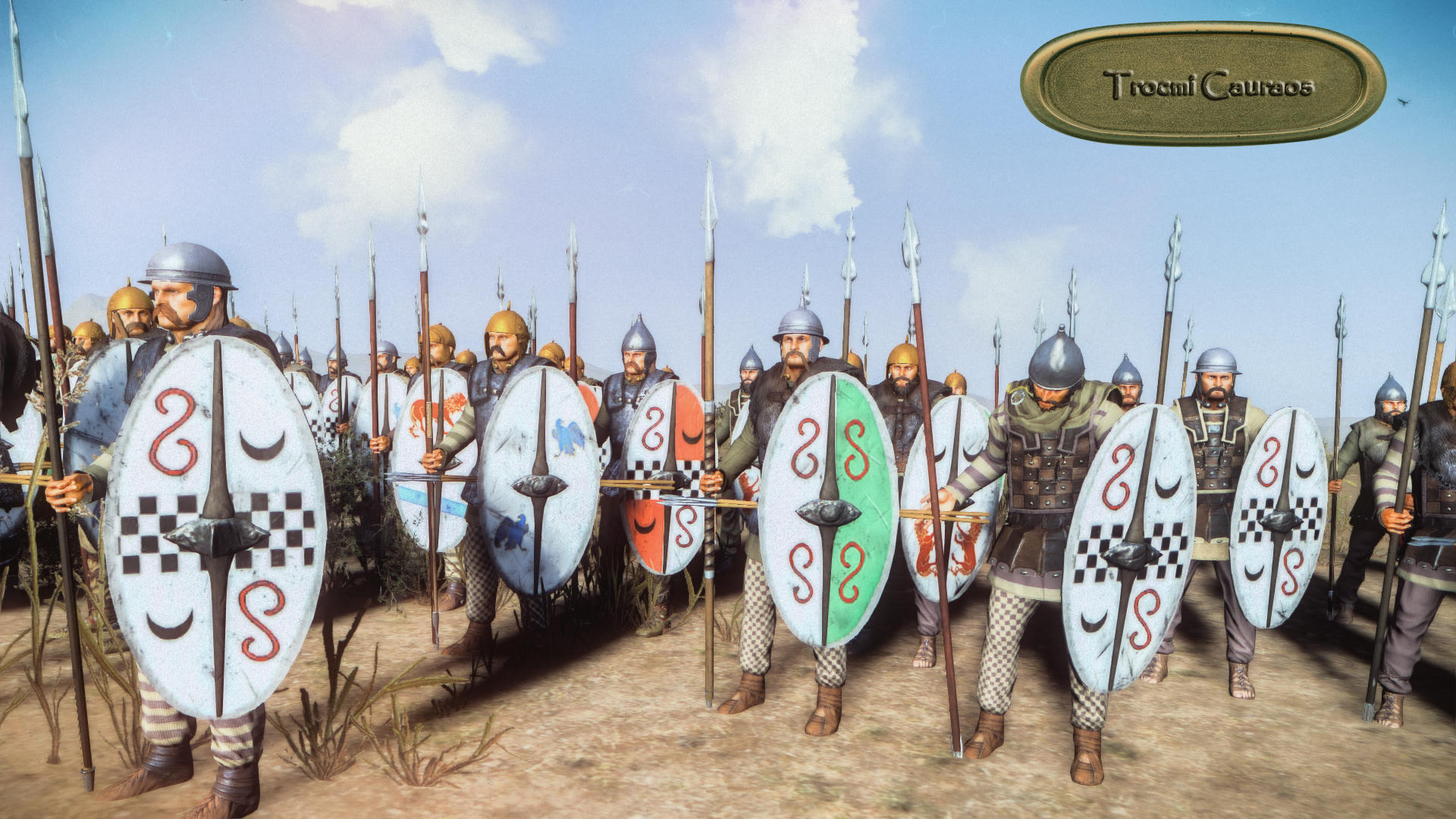
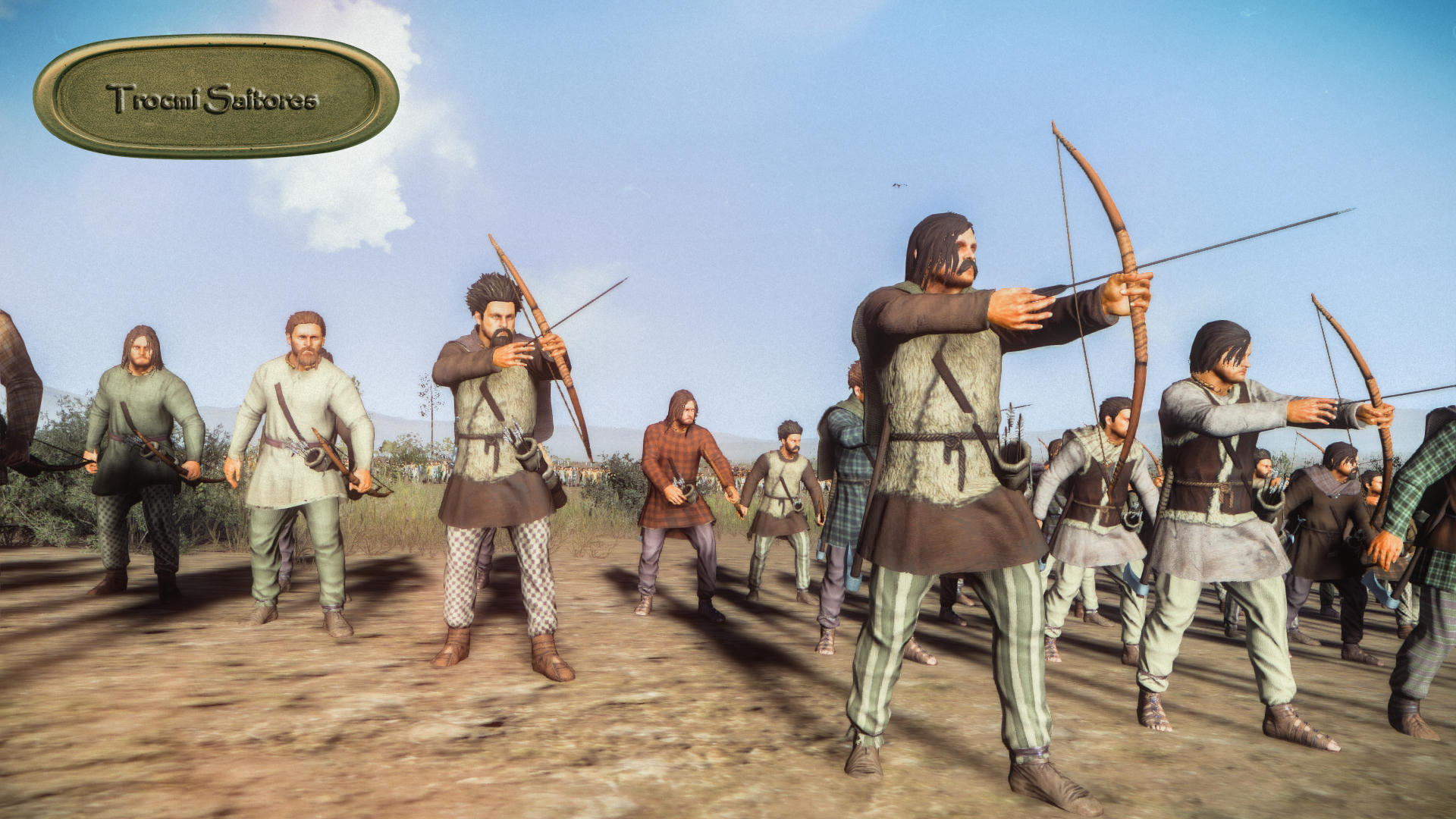
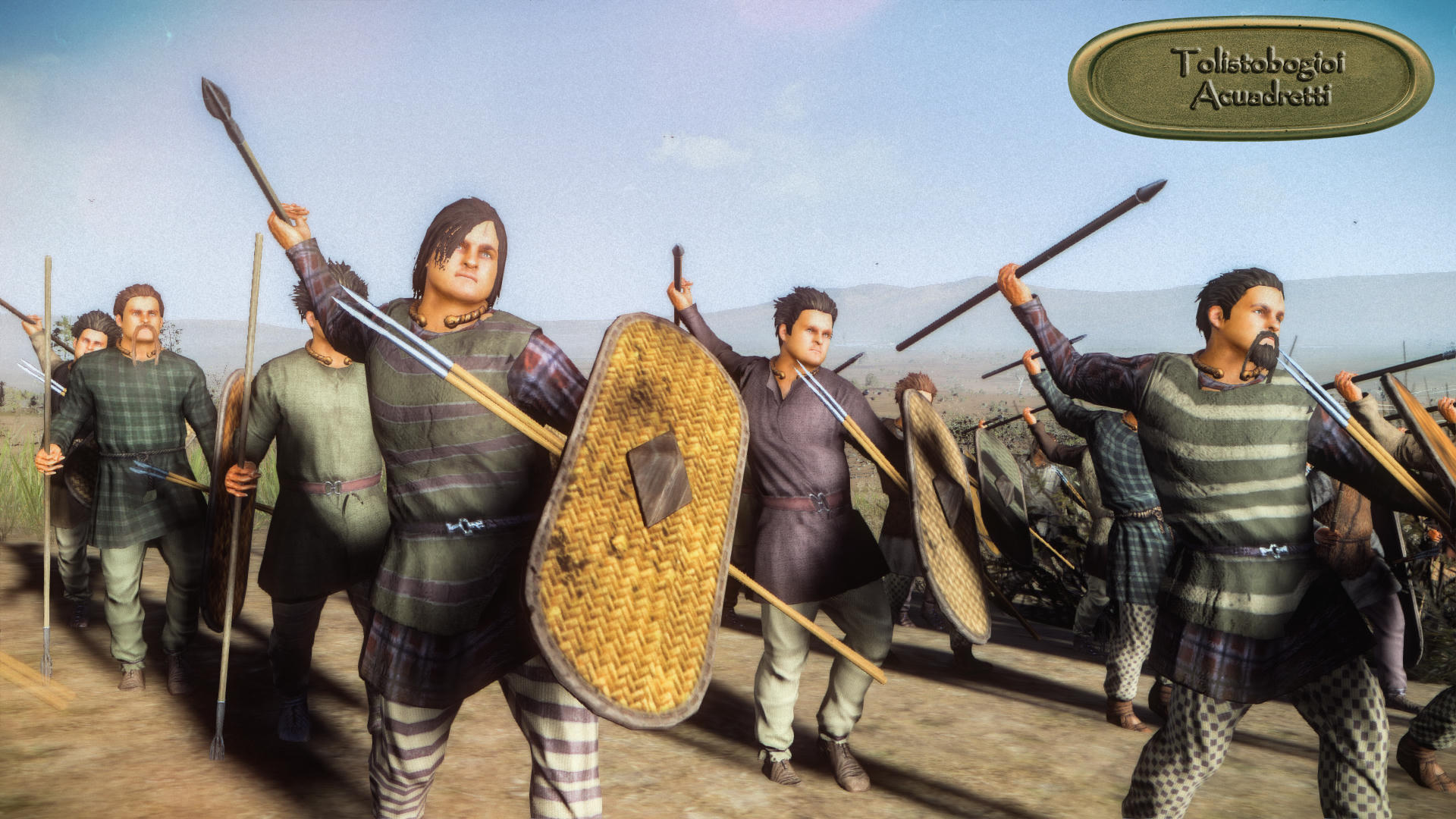
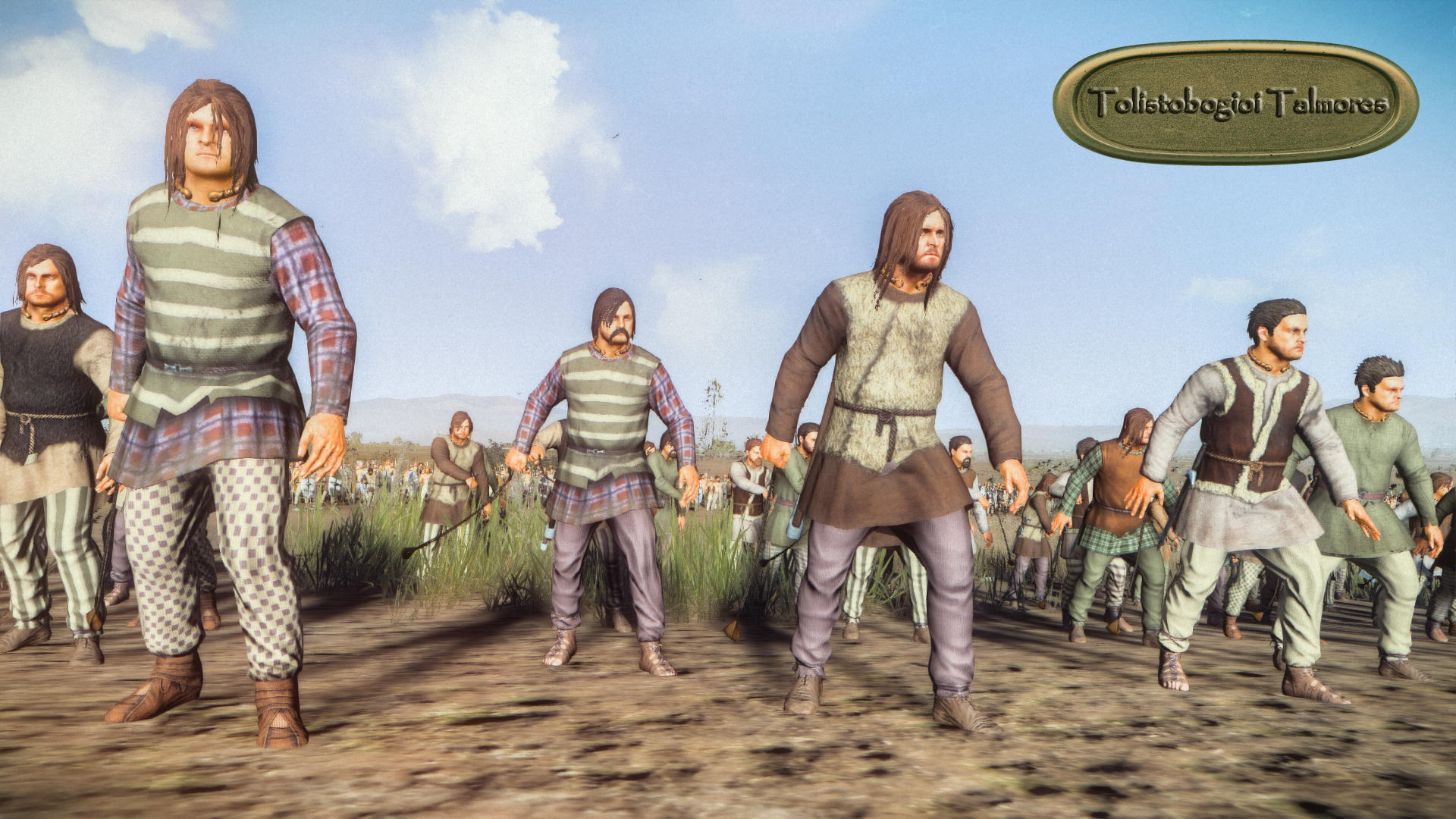
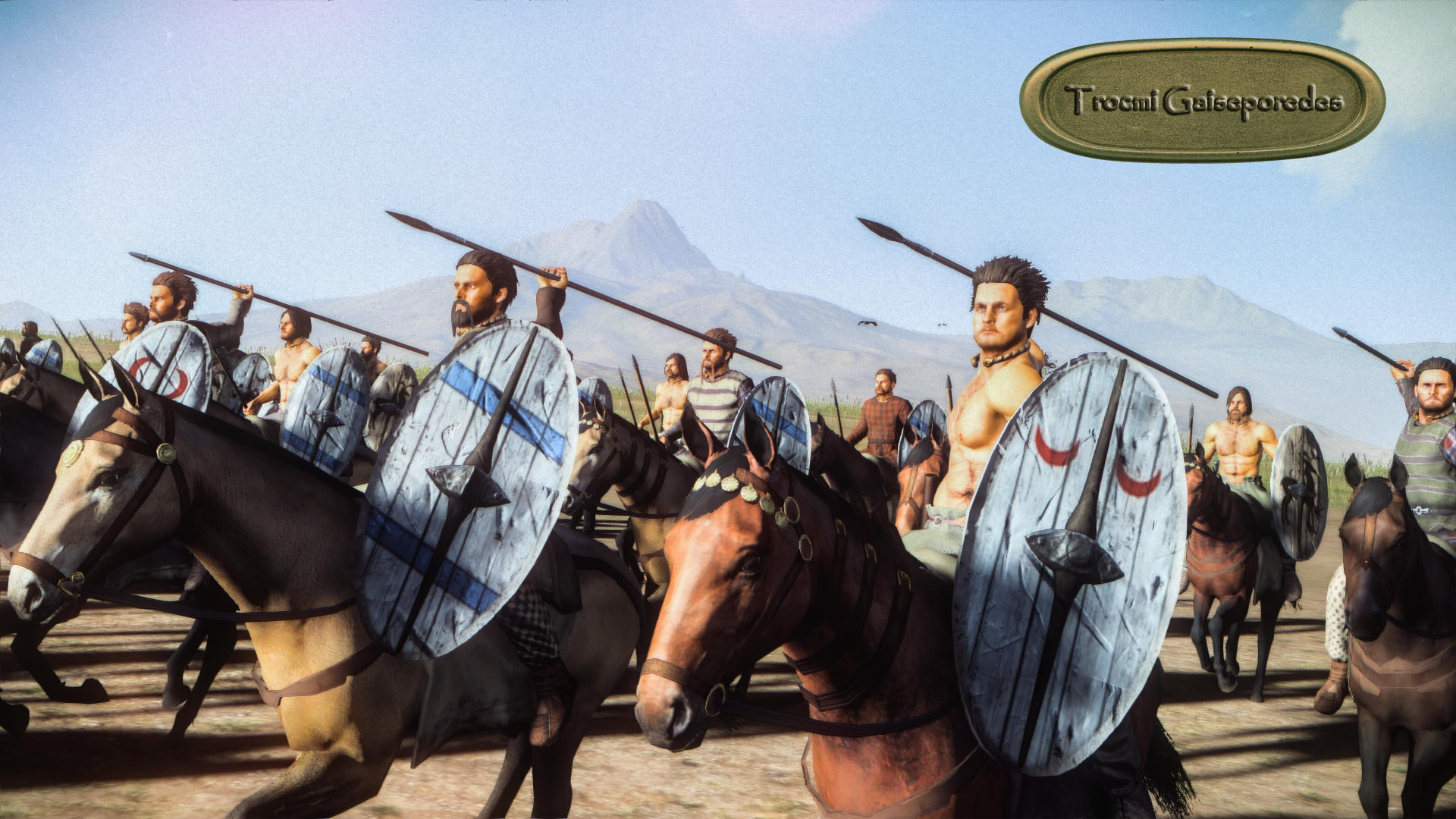
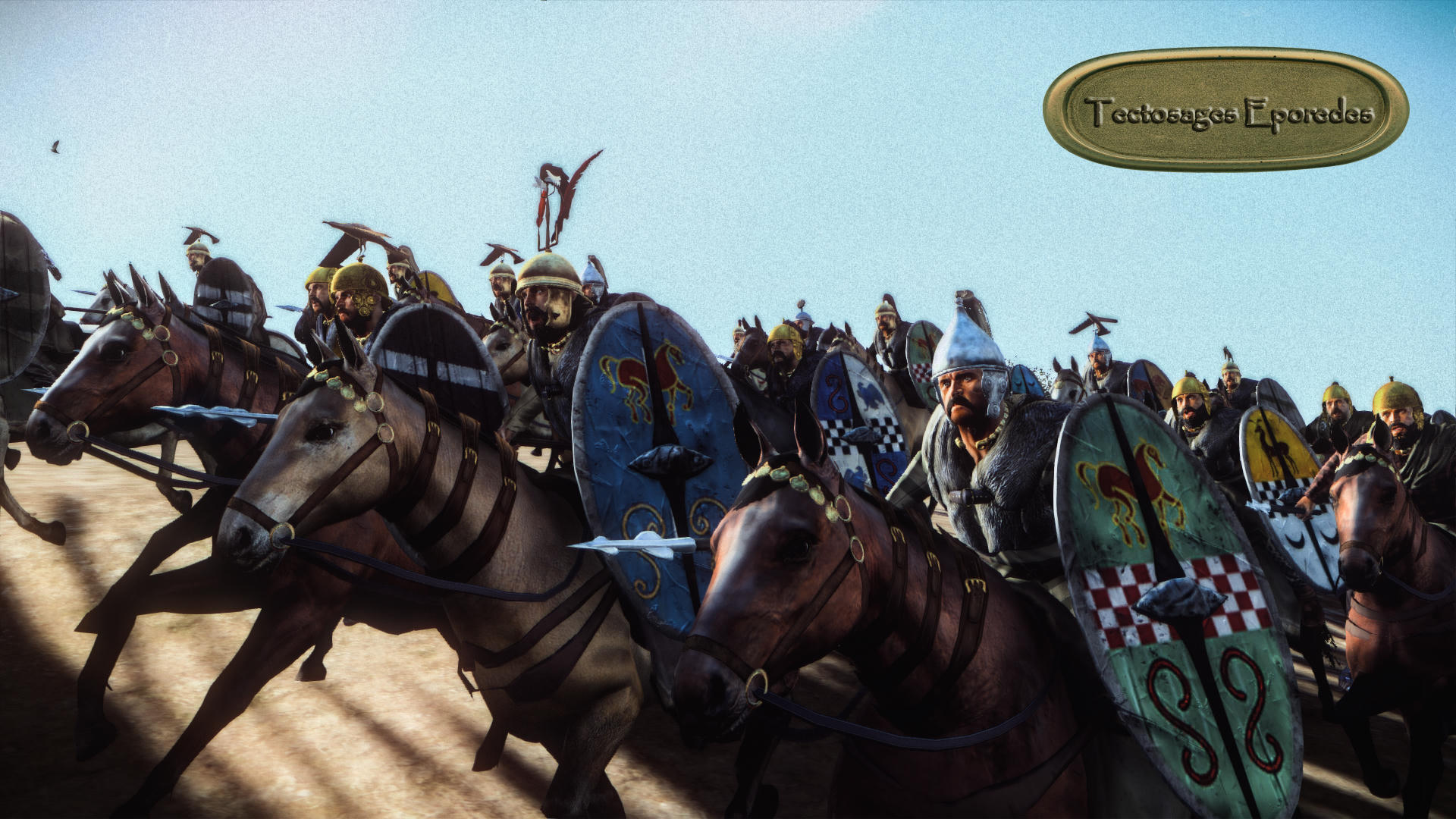
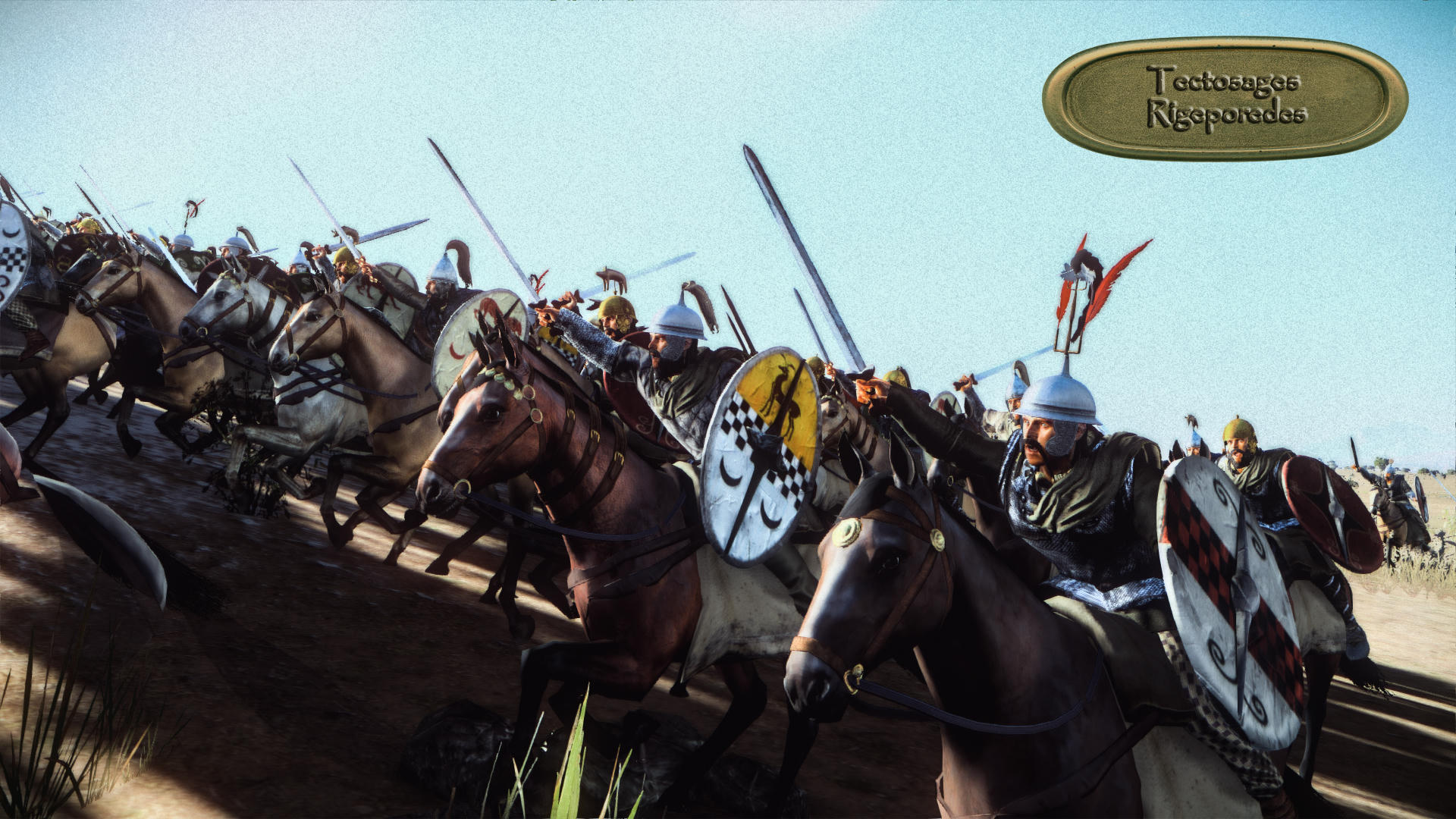
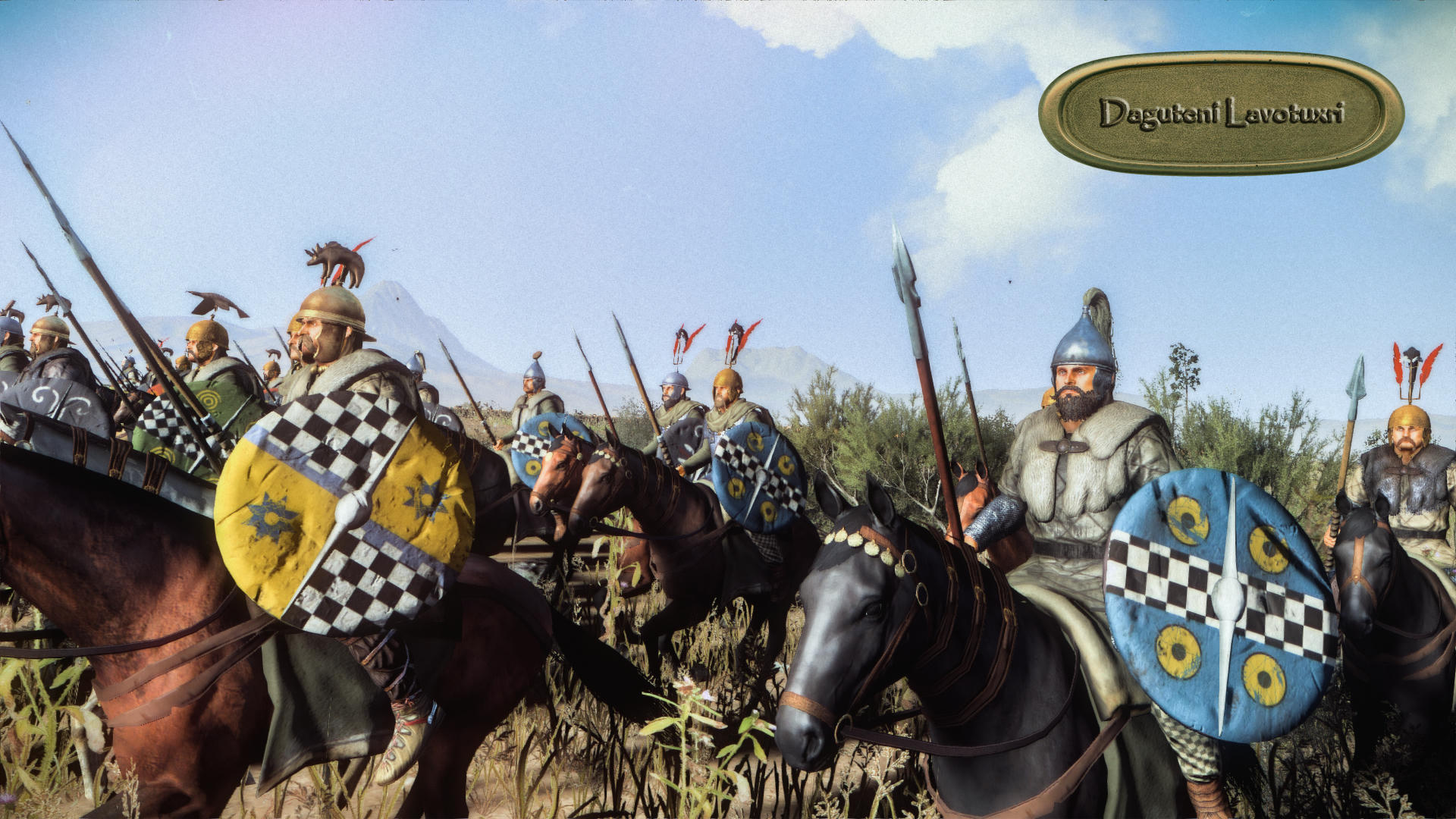
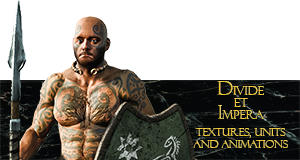

 Reply With Quote
Reply With Quote















